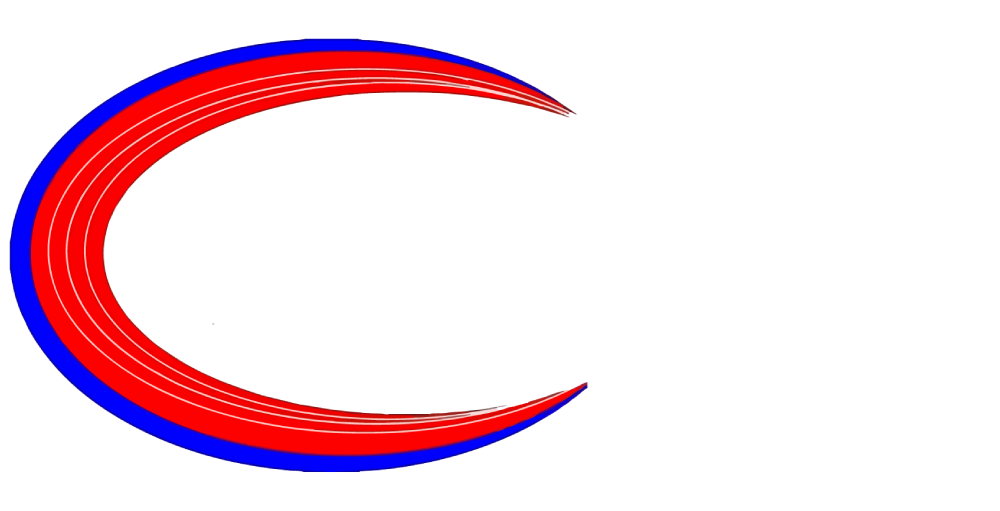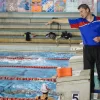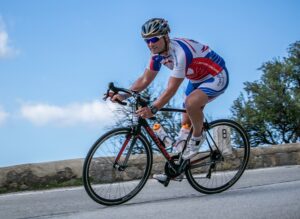 The most stressful part of travelling for Triathlon is worrying about your bike. The wife / husband and kids probably don't stress you out as much as wondering what are the baggage handlers doing with your pride and joy... maybe don't tell them though!
The most stressful part of travelling for Triathlon is worrying about your bike. The wife / husband and kids probably don't stress you out as much as wondering what are the baggage handlers doing with your pride and joy... maybe don't tell them though!
You have a few options when it comes to your bike...
First up, hire one when you get there. For racing, this is not ideal. However, if you are going to a training camp, very often, the camp organisers will have decent bikes to train on. For example, F4L Triathlon Coaching do when we go to Mallorca. It takes all that stress away, knowing your bike is tucked up at home, resting for when you get back.
Obviously for racing, you want your race bike.
You can post it out in advance. No seriously you can. There are some excellent deals about.
However, if I am racing I like to know that my bike is with me as much as possible.
Before you travel though you need to pack it. Someone once told me to pack it like you were protecting your own nuts!
You can use a solid bike box. Obvious advantage is that your bike is protected by a solid case around it. It doesn't mean that your bike (in the box) won't get thrown around out side the aircraft. It can, however, deter the over enthusiastic ground crew from lobbing it.
Check out our Triathlon Training Camp in Mallorca
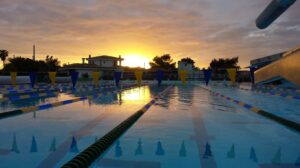 The big disadvantage with a bike box is that it can weigh a tonne. And, with the airlines getting ever tighter on what they allow in one bag it is very easy to go over your 22kg limit. Some of the budget airlines around the world also have a limit on the size of a single bag... my advice check what the airline you are travelling on allows.
The big disadvantage with a bike box is that it can weigh a tonne. And, with the airlines getting ever tighter on what they allow in one bag it is very easy to go over your 22kg limit. Some of the budget airlines around the world also have a limit on the size of a single bag... my advice check what the airline you are travelling on allows.
I use a bike bag. Simply, its lighter.
I still dismantle the bike the same way.
Pedals off (remember they unscrew the opposite way to how you pedal)
Handlebars loosened then ties to the frame
cranks to the horizontal position
Rear derailleur taken off and packed between the rear forks
Quick release levers taken out the wheels
I then pack it with plenty of padding around the frame. Tape the derailleur inside the rear forks to avoid the hanger getting bent. Lots of bubble wrap around things like gears, cranksets, chains and cassettes.
Because, I then normally have some space and weight to spare I can put additional bits of kit into the bag... wetsuits make great padding. Cycling kit, in a plastic bag or within a pocket also help to pad the bike... let's be honest, of the bike doesn't appear at the other end, you will not need the kit anyway!
When I do travel with a bike – especially for a race – I take my tri-suit, cycle shoes, helmet and runners in my hand luggage. Why? So that if my bike doesn't arrive for any reason, I have the option of renting / borrowing one which I can use and I have my essential equipment. Yes it would be sub-optimal but it would be better than nothing.
When you travel with a bike I always advise my athletes to take a pump. You are not allowed to fly with canisters... they may explode and that would not be helpful either.
I also suggest racing with a pump in IRONMAN or IRONMAN 70.3 distance events. You will normally be able to inflate your tyres with a pump... even if you mess it up. Mess up with canisters and you may be waiting at the side of the road. Remember Chrissie Wellington at the side of the road in Kona (2008)?
Pump!
It is also wise to take a few tools and spares. Basically, its the tools you used to dismantle the bike to put it in the bag – make sure you take those with you. Make sure you have the pedal spanner! Its definitely worth chucking in a couple of tubes and tyre leavers.
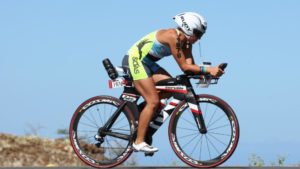 I usually put empty drink bottles in the bottle cages – this protects the cages and the frame. You can also use them to store those tools in – or some gels (you don't want them to explode!). If you are taking energy drink powder with you, put it in a container inside a plastic bag... this way if the container breaks / pops open – your bike is not covered in a lemon flavoured (very) sticky powder when you arrive at your hotel.
I usually put empty drink bottles in the bottle cages – this protects the cages and the frame. You can also use them to store those tools in – or some gels (you don't want them to explode!). If you are taking energy drink powder with you, put it in a container inside a plastic bag... this way if the container breaks / pops open – your bike is not covered in a lemon flavoured (very) sticky powder when you arrive at your hotel.
Beyond that... what else do you need in the bag?
Travelling for races shouldn't be that stressful. Once your bike has been checked in, there is nothing else you can do about it until you arrive at the other end... just remember to pick it up from baggage claim when you arrive at your destination.
So happy travelling.
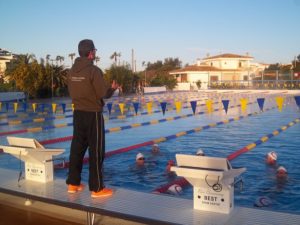 Paul Jones is a British Triathlon Federation Level 3 Coach, an IRONMAN Certified Coach and a Triathlon Australia Performance Coach.
Paul Jones is a British Triathlon Federation Level 3 Coach, an IRONMAN Certified Coach and a Triathlon Australia Performance Coach.
F4L Triathlon Coaching offers triathletes and other endurance athletes a full coaching and training service that caters to all levels of triathletes. F4L offers professional triathlon and endurance coaching and the reliability triathletes and endurance athletes require. Each athlete is an individual, every athlete has different needs.
